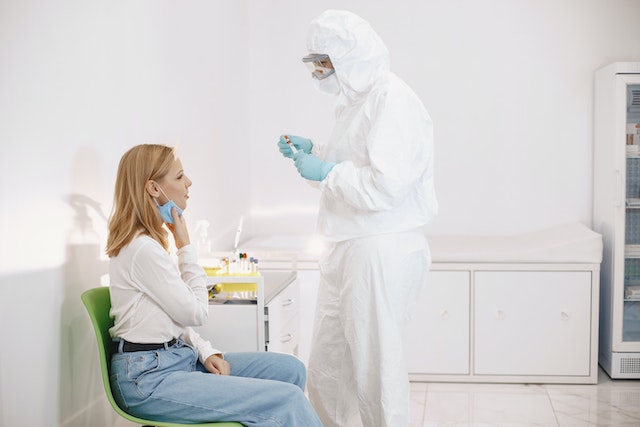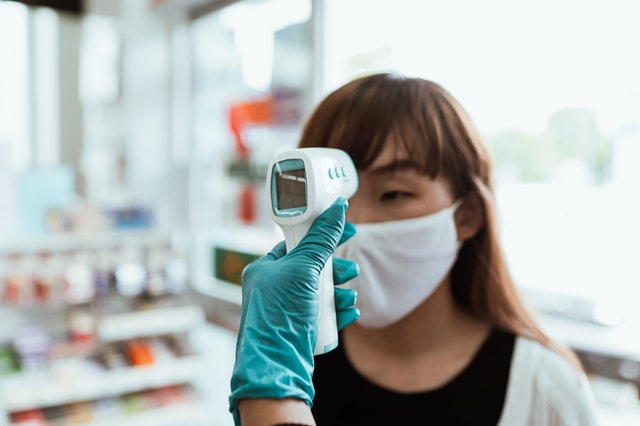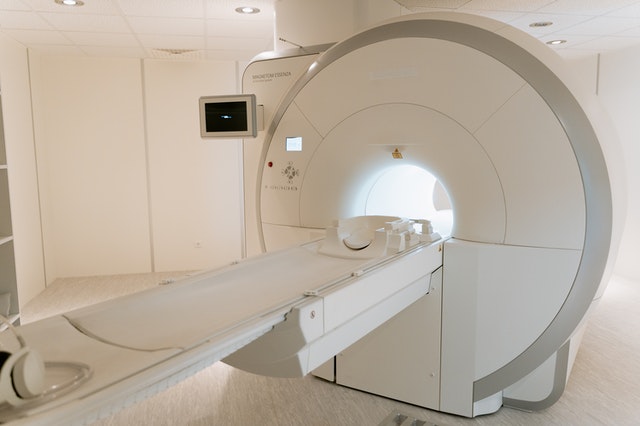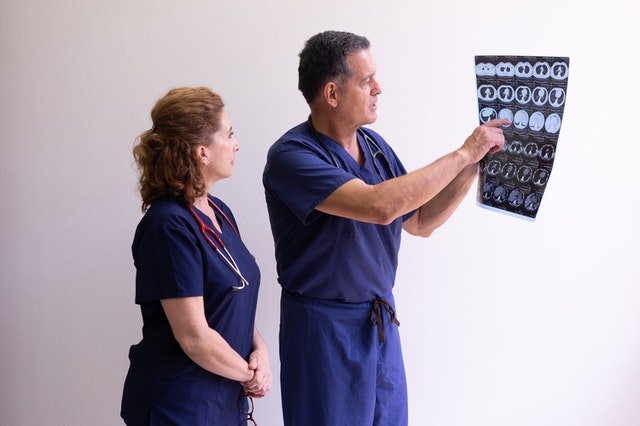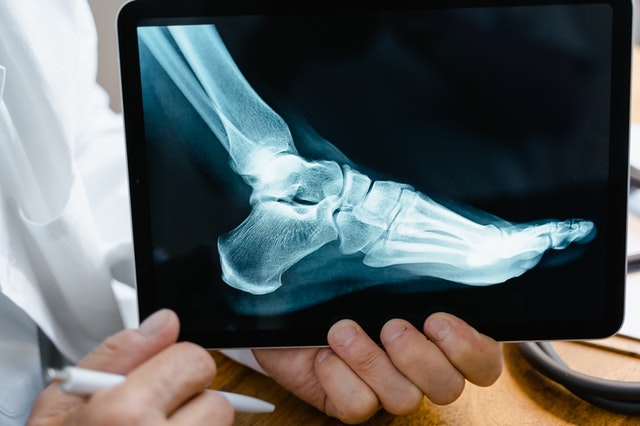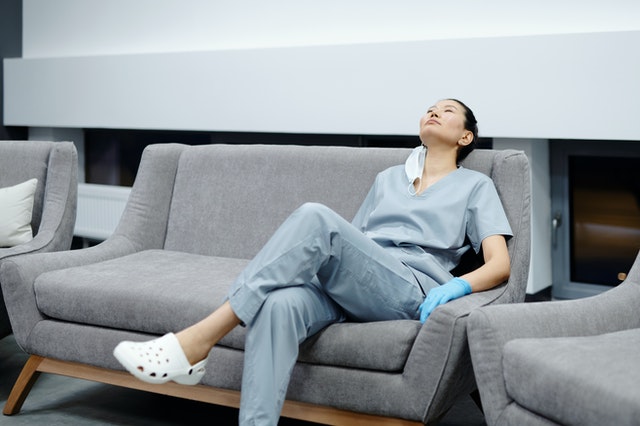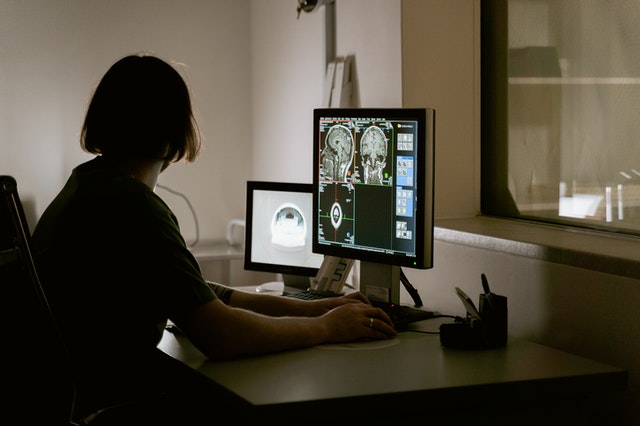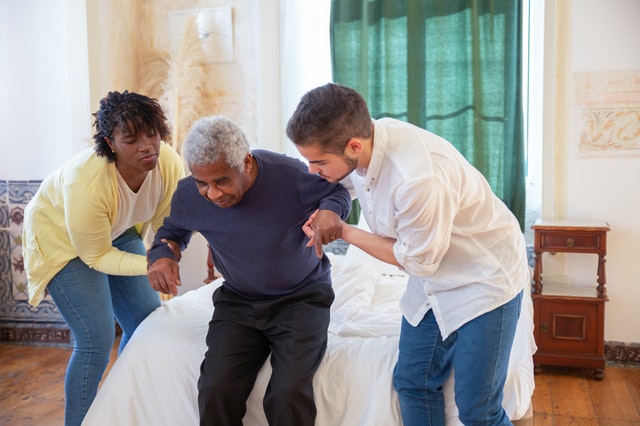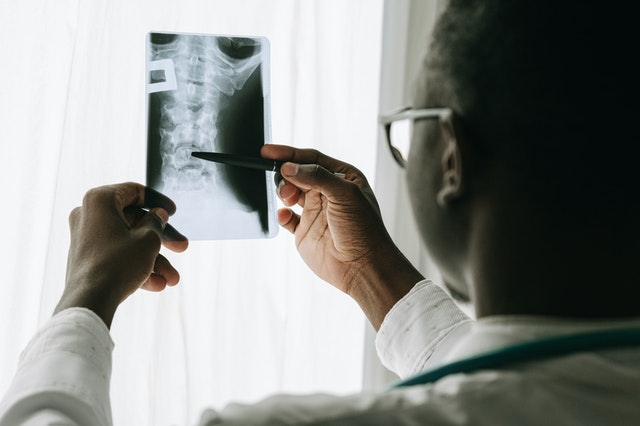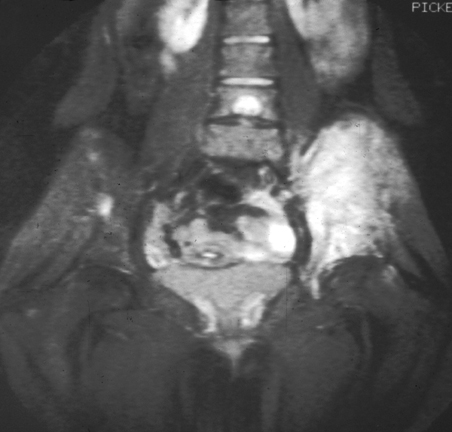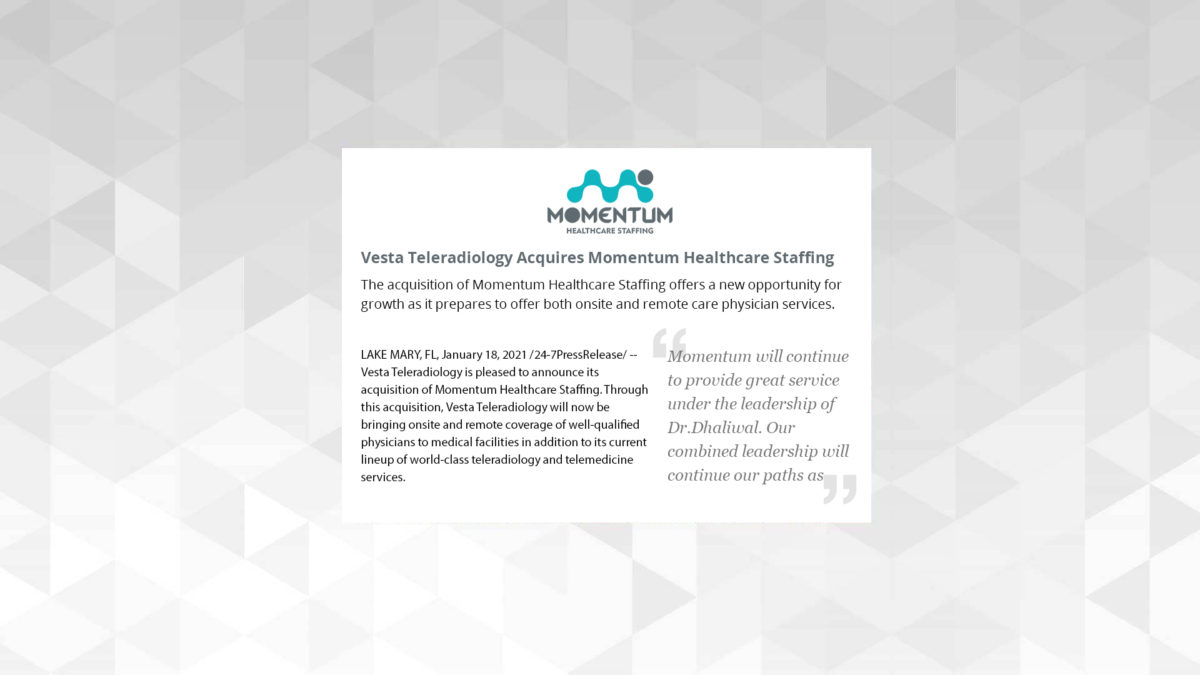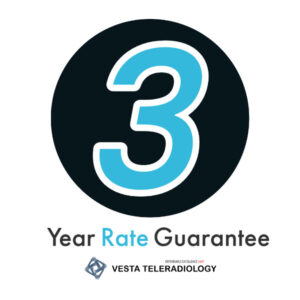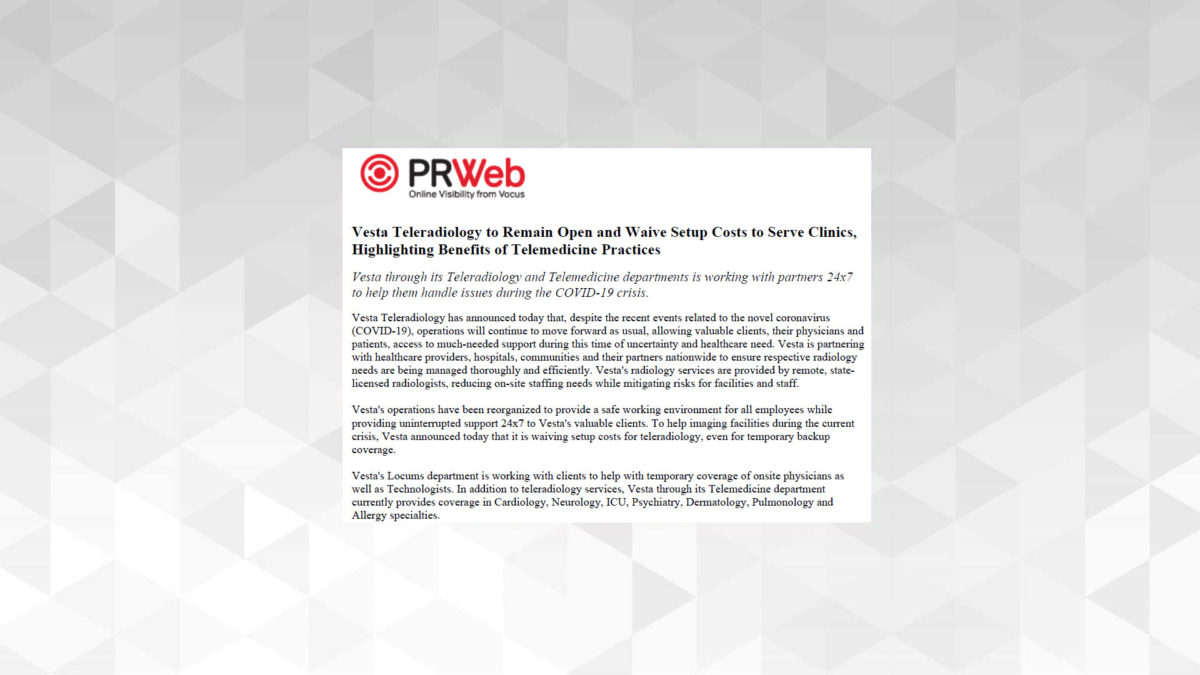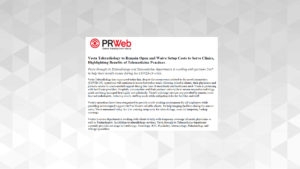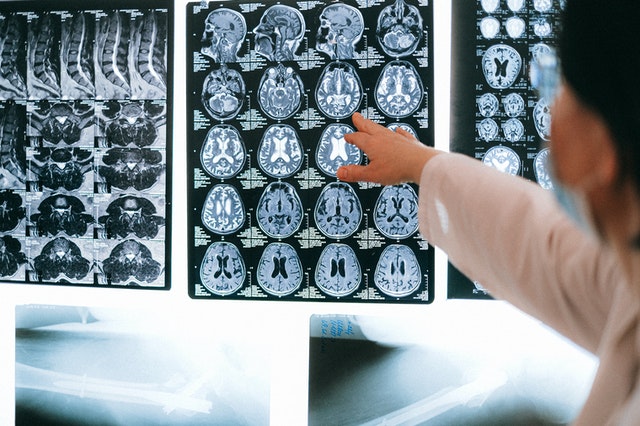Over recent years, radiology has seen many advancements in artificial intelligence (AI). Since medical imaging produces 90% of all healthcare data, radiologists have experienced a heavy workload for years. The COVID pandemic increased the backlog of radiologists, due to shutdowns and COVID regulations.

Many have turned to AI as a solution to this problem, citing its numerous benefits in several aspects of imaging. AI allows radiologist departments to get more done in a shorter period of time by automating administrative tasks like paperwork, scheduling, and tracking follow-ups, while also prioritizing certain tasks for a more streamlined process.
However AI is able to do much more than that. It can sort through data and images, quickly giving physicians the best, most relevant information. Moreover, new AI algorithms also pick up on complex images and markers found in scans, findings that might not be visible to humans. This combination allows radiologists to run the information through an AI program for a second opinion and quicker analysis of the data.
Examples of AI in Radiology at Work
AI is currently being widely used in emergency medicine to alert physicians if a patient has a life-threatening condition, like a collapsed lung. The system will filter out unnecessary images and prioritize critical conditions. Additionally, physicians are using AI for stroke patients to reformat images, which allows for a faster processing time. Some of the same processes are being used for brain scans as well, choosing the most relevant images for doctors to save on overall processing time.
Outside of critical care, AI is increasingly allowing physicians to work with other departments more efficiently. Hospitals in rural areas and less developed areas without radiology departments will be able to implement AI to flag certain images as well.
Artificial intelligence is also playing a vital role in the field of oncology. Deep-learning methods have been employed to detect breast cancer in patients by teaching algorithms to draw connections between scans. Google is developing a CT scan that will produce 3D images of the lungs from 2D images, so cancer can be detected more efficiently.
There has been talk of AI replacing radiologists, but many say that is not ever going to be the case. AI still has many limitations. As stated by Walach, an AI expert and developer, said “AI solutions are becoming very good at doing one thing very well. You typically have to have humans who do more than one thing really well.”
AI developers rumor that AI will eventually replace radiologists, but Vesta has been in the radiology field long enough to know that AI, while very useful and complementary, it will never replace the keen eye and skills of radiologists. Vesta is a consultant of few AI developers and has been integrating the technology in its process, but does not rely solely on its findings.
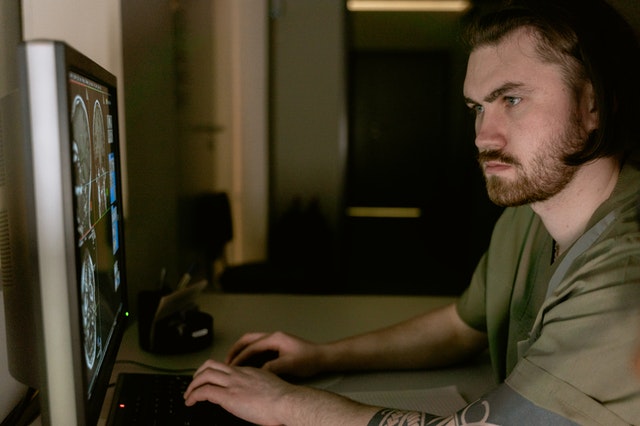
With the help of more research studies on artificial intelligence, the field of radiology will see continued growth, allowing for precision and efficiency. However, traditional radiology and teleradiology will still require trained experts to run the AI programs and discern using their expert knowledge to ensure patients are treated with the best of care.
Vesta Teleradiology
With Vesta Teleradiology, our US Board Certified radiologists work with you to deliver customizable, and accurate reports. At Vesta, we treat AI as not Artificial Intelligence but Augmented Intelligence to help radiologists improve the quality and efficiency of their reads. How can we help your healthcare facility?


